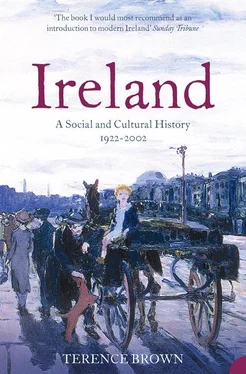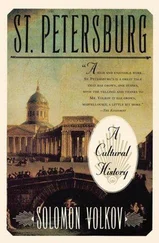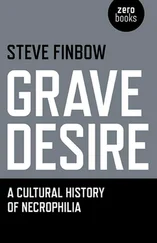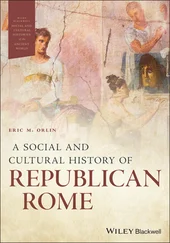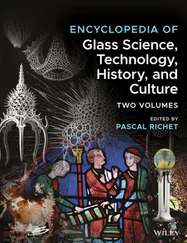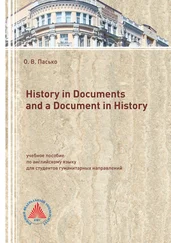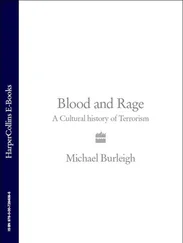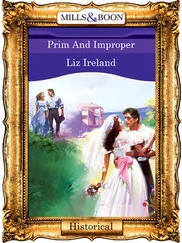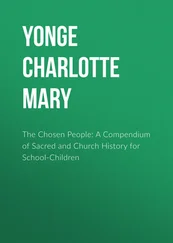T.B.
Trinity College, Dublin , 1977–80
1922–32
CHAPTER 1
After the Revolution:Conservatism and Continuity
Canonical texts of Irish separatist nationalism have often stressed the social and cultural advantages to be derived from Ireland’s independence from the United Kingdom. A free Ireland would embark upon a radically adventurous programme to restore the ancient language, to discover the vitality residual in a nation devastated by a colonial power, and would flower with new social and cultural forms, testaments to the as yet unrecognized genius of the Gael. Patrick Pearse, a martyr to the separatist cause in the Rising of Easter 1916, had prophesied in a vibrant flight of not entirely unrealistic idealism:
A free Ireland would not, and could not, have hunger in her fertile vales and squalor in her cities. Ireland has resources to feed five times her population; a free Ireland would make those resources available. A free Ireland would drain the bogs, would harness the rivers, would plant the wastes, would nationalize the railways and waterways, would improve agriculture, would protect fisheries, would foster industries, would promote commerce, would diminish extravagant expenditure (as on needless judges and policemen), would beautify the cities, would educate the workers (and also the nonworkers, who stand in direr need of it), would, in short, govern herself as no external power – nay, not even a government of angels and archangels could govern her. 1
That the revolutionary possibilities of an independent Ireland as envisaged by Pearse were scarcely realized in Southern Ireland in the first decades of the Irish Free State, which came into being following the Treaty of 1921, should not perhaps surprise. The dissipation of revolutionary aspiration in post-revolutionary disillusionment is by now a commonplace of modern political history. That, however, a revolution fought on behalf of exhilarating ideals, ideals which had been crystallized in the heroic crucible of the Easter Rising, should have led to the establishment of an Irish state notable for a stultifying lack of social, cultural, and economic ambition is a matter which requires explanation. For the twenty-six counties of Southern Ireland which made up the Free State showed a prudent acquiescence before the inherited realities of the Irish social order and a conservative determination to shore up aspects of that order by repressive legislation where it seemed necessary.
One explanation presents itself readily. The stagnant economic conditions which the Free State had inherited made nation-building of the kind Pearse had envisaged most difficult to execute. The beautification of the cities and the education of the workers could not proceed without an economic miracle that faith might generate but works in the form of major investment and bold enterprise would have had to sustain. Neither faith nor works could easily flourish in the insecure economic environment of the Irish Free State in the 1920s, in the aftermath of a civil war.
By 1920 the boom years of the First World War, when agricultural prices had been high, had given way to an economic recession made the more severe by the turbulent years of revolution and fratricidal strife which followed, until a measure of stability was restored in 1923, when the Civil War, which had broken out after the departure of the imperial power, drew to its unresolved close. The first years of the Free State, brought into existence by the Constitution of the Irish Free State Act in 1922 and approved in October of that year, were dogged by intense economic difficulty. This fact may in part account for the timorous prudence of the economic policies adopted by the new Irish administration which emerged after the election of August 1923. From the outset the government was confronted by harsh realities of a kind that might have discouraged the most vigorous of nation-builders. A serious strike of port workers lasted for six months in 1923 (cattle exports dropped by 60 percent during the strike); there was poor weather in 1923 and 1924. The summers “were harsh, gloomy and sunless, while the autumn and winter months were characterized by continuously heavy rains which kept the soil sodden throughout and caused extreme discomfort to grazing cattle.” 2Indeed, not until 1925 was there a fine June to cheer the many farmers of agricultural Ireland.
The economy that the Free State government had inherited and for which it assumed responsibility in these inauspicious circumstances had several major inherent defects. It was stable to the point of stagnantion: a developed infrastructure of railways and canals was not matched by an equivalent industrialization; the economy supported too many unproductive people – the old and young and a considerable professional class; there were few native industries of any size and such as there were (brewing, bacon-curing, creameries, biscuit-making, and woollens and worsteds) were productive of primary commodities and unable to provide a base for an industrial revolution. The gravest problem, however, was the country’s proximity to the United Kingdom with its advanced industrial economy, so that, as the historian Oliver MacDonagh has succinctly stated, “the Free State…was not so much…an undeveloped country, as…a pocket of undevelopment in an advanced region, such as the Maritime Provinces constitute in Canada as a whole or as Sicily does in Italy.” 3
Throughout the 1920s the government maintained a strict hold on the public purse, balancing the budget with an almost penitential zeal. Despite the protectionism that the Sinn Féin party had espoused in the previous decade as part of its economic plans for an independent Irish Republic, few tariffs were raised to interfere with free trade. The economic nationalism of the prerevolutionary period gave way to a staid conservatism that did little to alter the economic landscape. The government maintained agricultural prices at a low level to the detriment of industrial development. Accordingly, in the 1920s there were only very modest increases in the numbers of men engaged in productive industry, and the national income rose slowly. The need to restrict government spending meant that many social problems remained unsolved. The slum tenements in the city of Dublin are a telling example. Frequently adduced as a scandalous manifestation of British misrule in Ireland (they deeply disturbed that English patriot, the poet Gerard Manley Hopkins, when he worked as a professor of classics in Dublin in the 1880s) and also frequently investigated by official bodies, the tenements of Dublin might well have provided the opportunity for a piece of showpiece reconstruction to a newly independent nationalistic government. In fact, the opportunity so afforded was ignored. Conditions remained desperate. The 1926 census showed that in the Free State over 800,000 people were living in overcrowded conditions (overcrowding being more than two persons per room), many of them in north Dublin City. In the state in 1926 there were 22,915 families living in overcrowded conditions in one-room dwellings, 39,615 families living in two rooms, and, telling statistics indeed, 24,849 persons, living in 2,761 families with nine persons in each, resided in two-room dwellings. Infant mortality figures in Dublin, drawn from the census, tell their own sorry tale. In North Dublin City the average death rate per 1,000 children between one and five years was 25.6, while in the more salubrious suburb of Drumcondra the figure was 7.7 per 1,000 children. A contemporary observer remarked that “the story these tables tell is sordid and terrible, and calls for immediate and drastic action.” 4In fact, no real action was taken until 1932, when a bill designed by the Fianna Fáil Minister for Local Government was introduced envisaging a central role for the government in alleviating the situation. Perhaps poor housing was so endemic a problem in Dublin in the 1920s that it was difficult to imagine a solution.
Читать дальше
